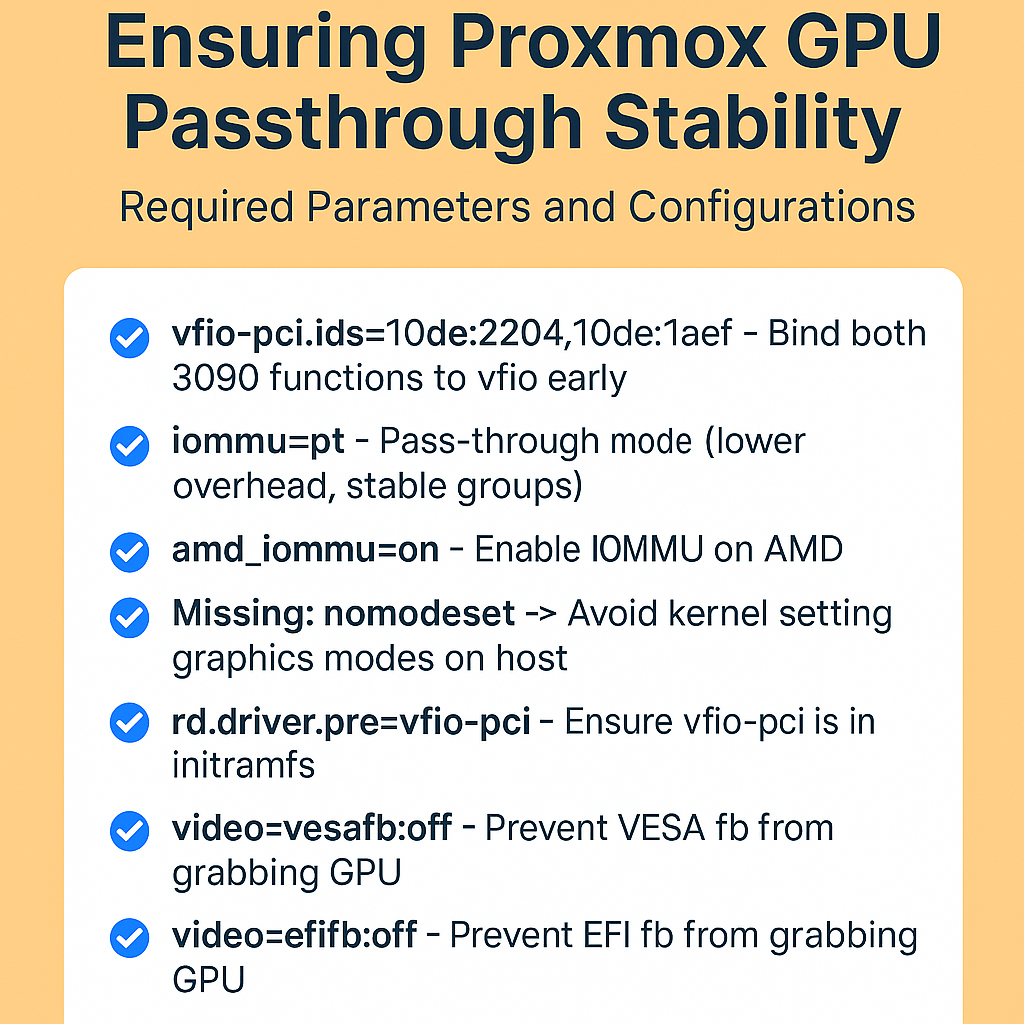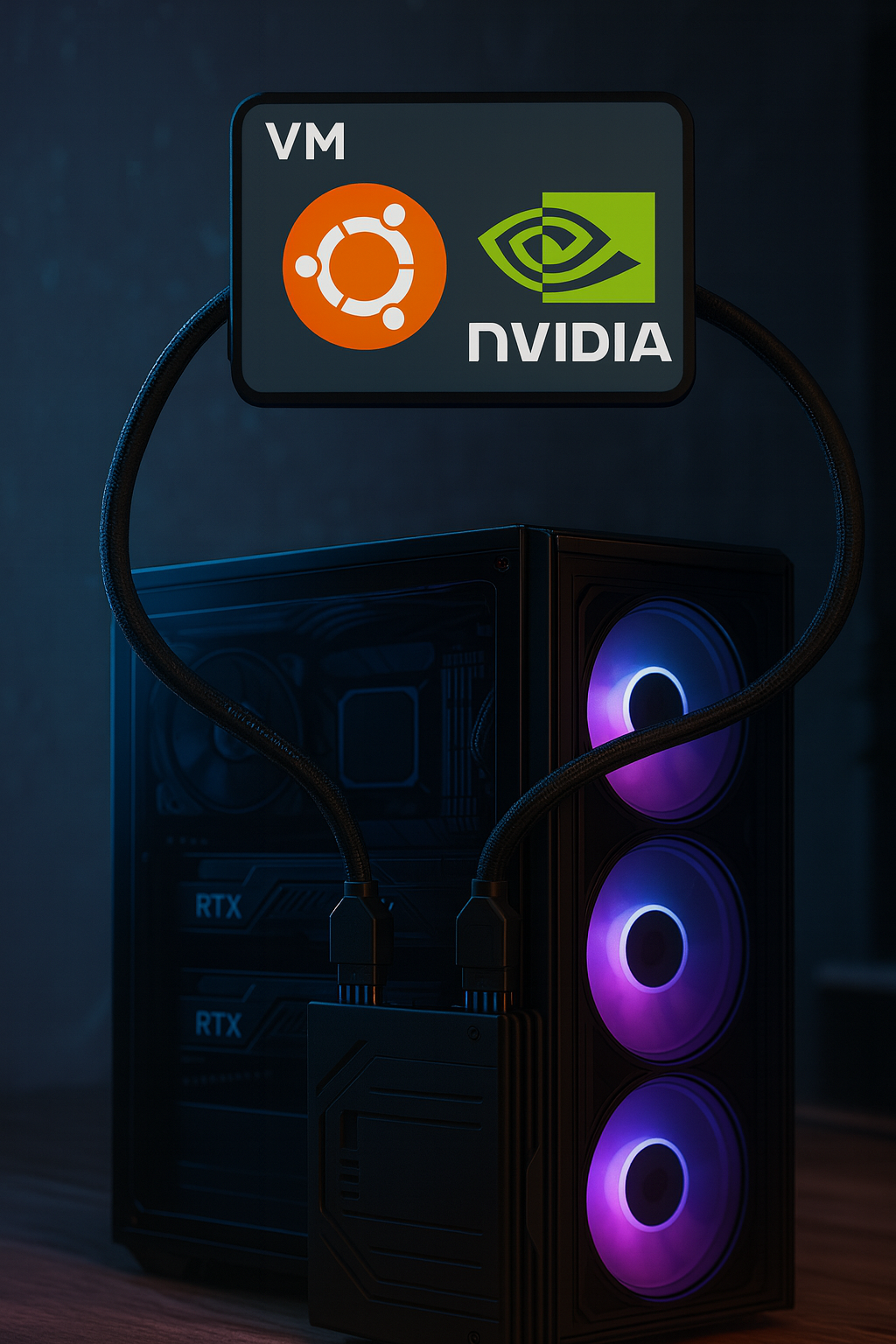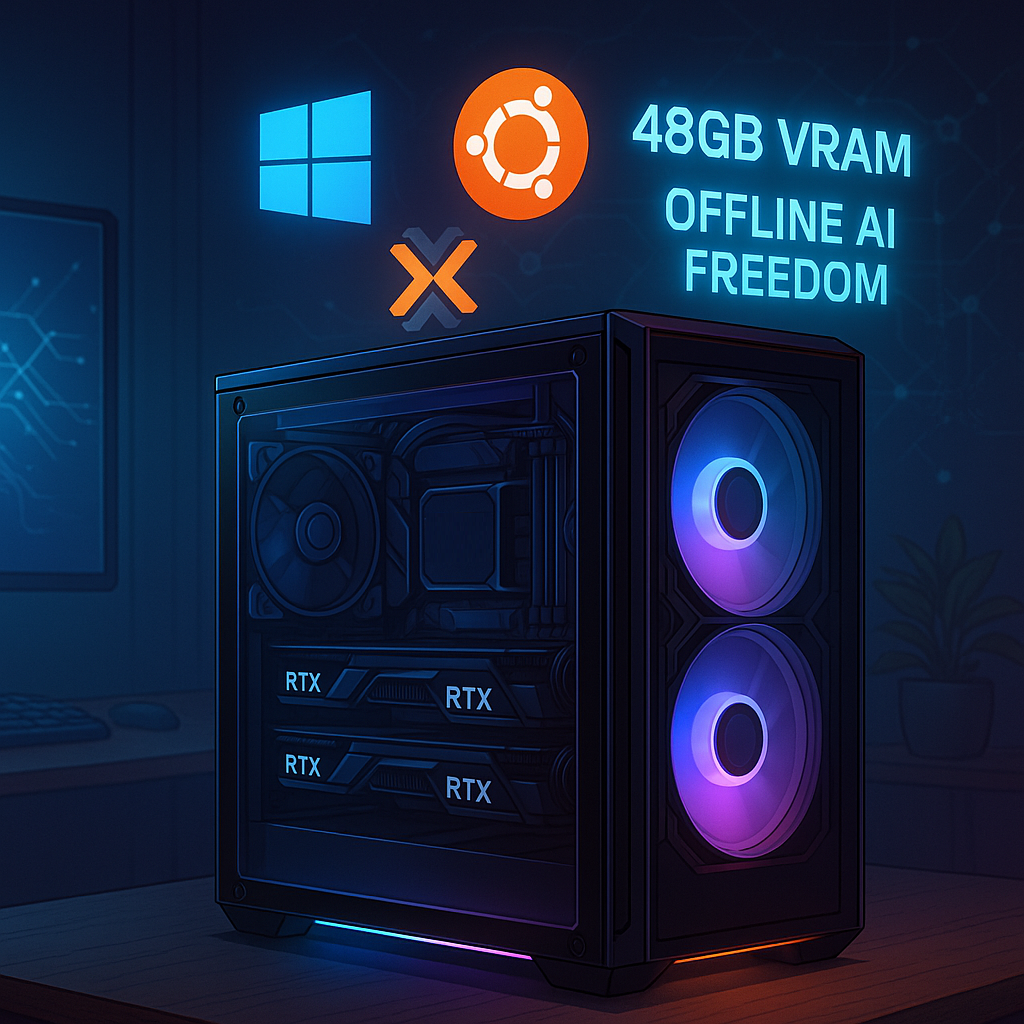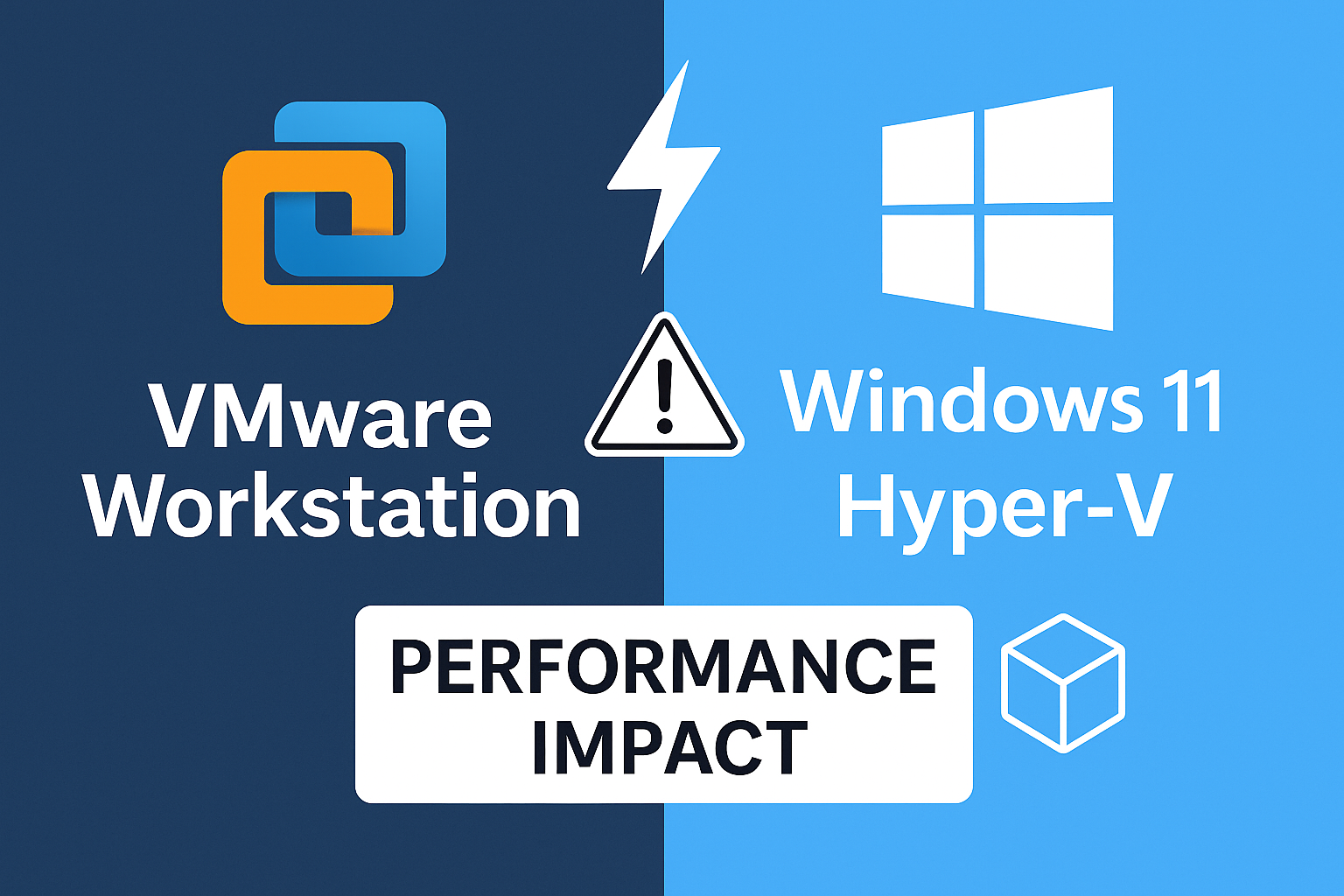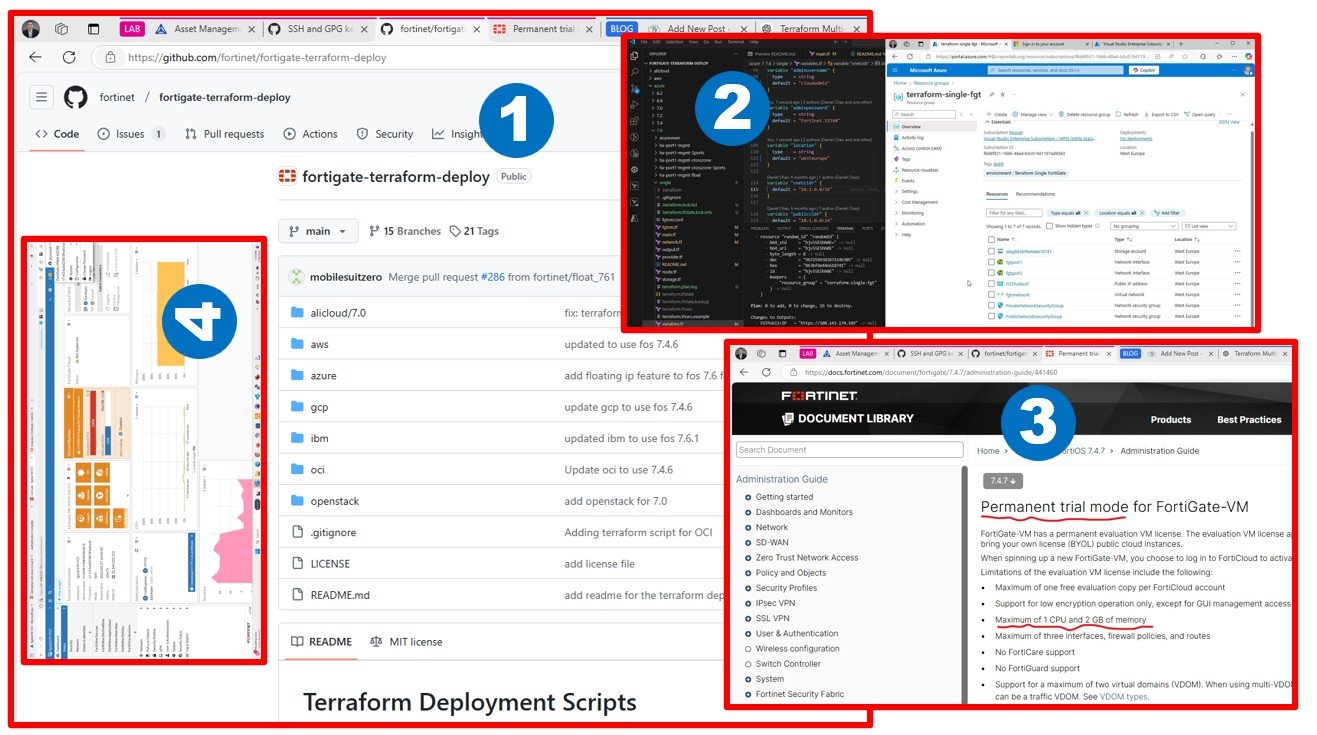In the year 2019, I built an advanced VMware and Azure-based lab to teach my Microsoft colleagues on hybrid scenarios. I am working on a deployment of something similar and even more advanced these days to support testing migration tools and understand how workloads get into the Cloud.

My hybrid lab back in 2019 was supporting the first and largest Microsoft Technical event in Budapest (called Tech Summit). At that time, I was curious about how to move workloads to Azure by using only Microsoft 1st party tools (was available at that time).
Databases (Azure Database Migration Service)
Applications (Azure Websites Migration Assistant now called Azure App Service migration tools)


Now as cloud-native becomes more popular I will add such workloads to my lab. Thanks to my recent DevOps learnings I will add a little automation with Terraform since I am super bored on clicking next-next-finish: I was doing this all my life. Take a look at my LinkedIn profile/projects

And yes, I will have typical 3 layer apps with database, middleware, web frontend, load balancer, you name it. OMG. I was on some job interviews recently, I can’t believe that everyone is still talking about this common setup through the technical interview process. Seems everyone copied-pasted the interview questions.
I wanted to finish my lab in January 2022 and explain what and why I deployed on various source systems, but this can wait. I got something way more exciting to research for this weekend. Stay tuned!

